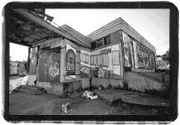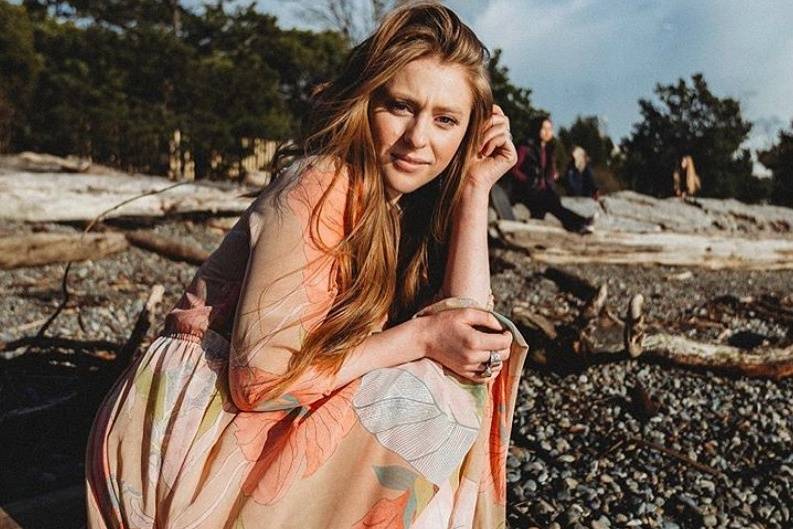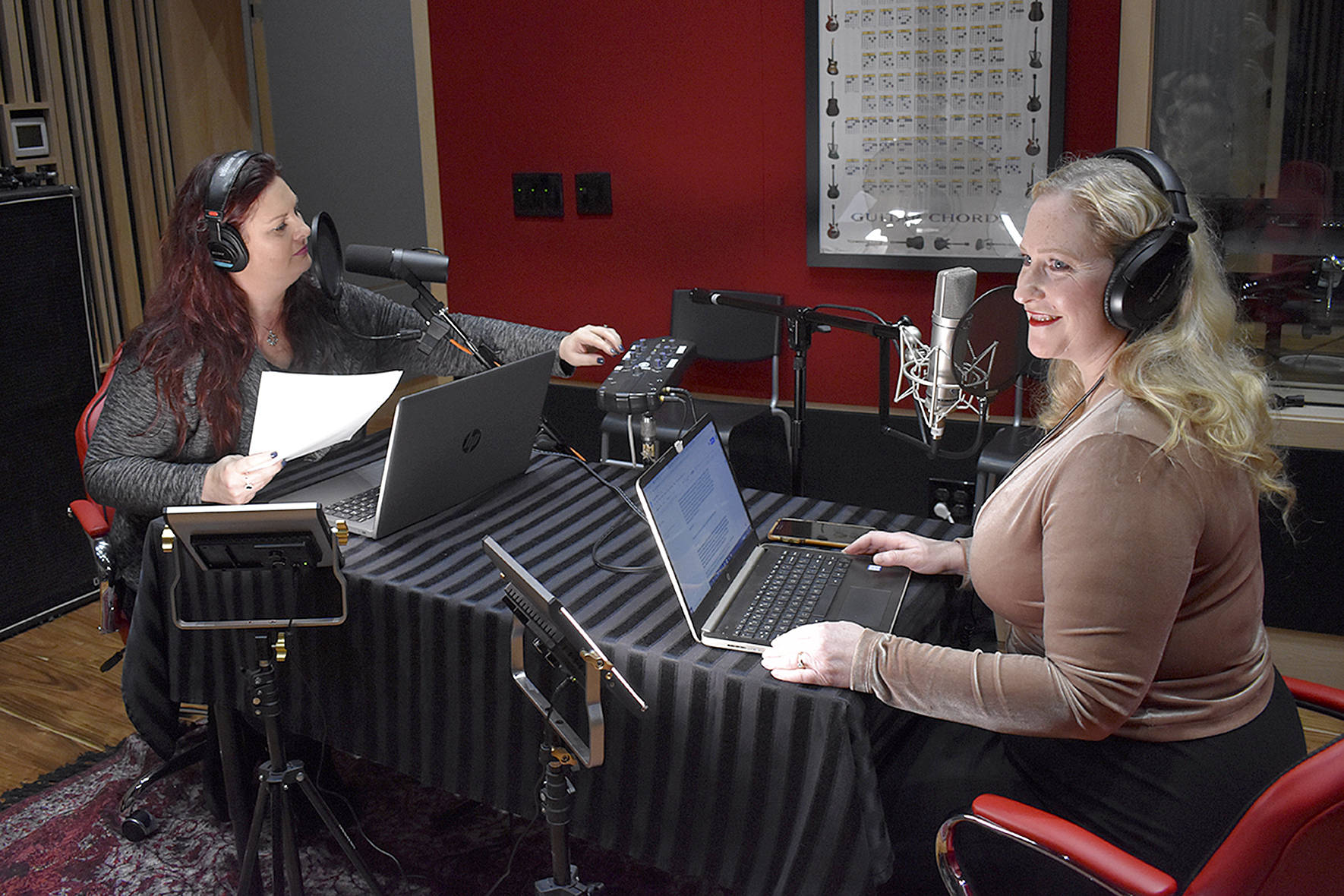AT THE RECEPTION for COCA’s recent WTO art show, Lauren Holloway of the N-30 Mural Collective bemoaned the lack of murals in Seattle, pointing out that more than 600 such wall paintings dot San Francisco’s cityscape. Holloway, like many urbanites, views murals as a good thing. Whether they’re meant to evoke a neighborhood scene, make a political statement, or provide children a form of expression, murals can serve as a bellwether for the health of communities in which they appear.
A graffiti-covered wall, for instance, can suggest either blight or hope (depending on the message and the effort), and organizations will often finance a mural to beautify property—or even to prevent it from becoming the target of taggers. In any case, murals indicate whether a neighborhood is on the upswing or downswing. Like flowers growing through cracks in the sidewalk, they can be an inspirational symbol that people are still trying, that they care.
A certain feeling of cultural enhancement accompanies involvement in the arts, which is why publicly and privately funded agencies regularly fund projects such as murals. There’s no measurable way to quantify what good is being done; we just trust that value is being added, that in some way the quality of life is raised.
ON A ROUGHLY triangular chunk of land at the convergence of Boren, Yesler, and 12th Avenue, the collision between art and civic duty is on vivid display. “Lloyd’s Rocket” is a former Rocket gas station that is currently the site of a public art exhibit. The theme: African-American history and influence in the city of Seattle. Fifteen to 20 murals painted by kids have decorated the building since April of 1998. Their brightly colored historical portraits of African-American personalities and businesses in the neighborhood (and in Seattle as a whole) stand in stark contrast to the loneliness and neglect of the immediate surroundings.
What they can’t cover up is the Central District’s disparity with wealthier surrounding neighborhoods such as Capitol Hill and Madrona Park. The site’s two dusty pay phones are the main source of nighttime activity. An alleged neighborhood resident has operated here as a squatter junkman selling anything from bent golf clubs to scuffed transistor radios. Weeds dominate an urban landscape littered with discarded forties, chunks of busted concrete, and abandoned or for-sale cars. Vines have nearly covered the old gas pump. A necktie dangles ominously from the remains of an awning. Welcome to an intentional and unintentional living piece of artwork, to the battle between creation and decay.
Welcome, in other words, to Lloyd’s Rocket. It wasn’t always like this. In 1961, Joe Lloyd, a very capable, very proud man, bought the property, originally an ARCO gas station. Lloyd’s Rocket was born. A former military man, Joe ran the station and delivered heating oil. Occasionally he found time to tutor students in math. His widow, Erma, ran (and still owns) a barber shop at 26th and Union. They were very well respected in the area for their integrity and generosity; Joe was known as the kind of guy who would deliver heating oil when people needed it, not just when they could pay. According to Joe Lloyd’s stepson Virgius “Joe” Green, “He delivered heating oil when nobody else could or would, and he lost a lot of money from unpaid debts.” Nevertheless, Joe was able to run the station for more than 30 years. The station shut down in 1995; he passed away the following year. Erma Lloyd says one of her husband’s dying wishes was that the gas station re-open and stay in the family forever. But so far it’s been in limbo.
AGAINST THIS BACKDROP of intended permanence the “Lloyd’s Rocket Beautification Project” was created. Panels for Progress, a nonprofit community service group specializing in the creation of murals by disadvantaged or at-risk kids (it recently merged with City Year, an Americorps program) spearheaded the project. It was aided by the Department of Neighborhoods and was partially funded by the Seattle Foundation and the United Way. Through this combined effort, a piece of land that effectively serves as a gateway to the Central District hasn’t become just another vacant lot. It’s also a reminder to residents that this site was once a source of neighborhood and community pride.
For Stephanie Tschida, the founder and director of Panels for Progress and a longtime youth art mentor, bringing together a bunch of at-risk youth is a chance to tap into their inherent idealism. To Tschida the equation is simple: art + youth = murals, with the benefit being that the kids are given a chance to learn the history of the area they live in, get their hands dirty while working with others, beautify run-down properties, and achieve an immediate sense of personal pride. “The creation of art is empowering,” says Tschida. “The process has a huge outcome because it’s community-building.” She should know. Tschida worked on the SODO Urban Art Corridor, and Panels for Progress has involved kids in the creation and installation of murals surrounding local construction sites including Safeco Field, the Washington State Convention Center, and the W Hotel.
In the case of Lloyd’s Rocket, the murals point to historical African-American businesses. How else would most of Seattle know about the Black and Tan Jazz Club, the Royal Esquire Jazz Club, the black-owned and operated Seattle Republican newspaper (established in 1894), or Dee Charlene’s beauty shop? Other murals at the site simply use the rocket theme as a launching pad, urging the entire community to “Reach for the Stars!” A basic message, maybe, but one that’s more meaningful than so much of the mural space Seattle lends to dot-com advertising and new-age depictions of happy whales.
Such examples of commerce may be prettier than what you see at Lloyd’s Rocket, but it is here that art represents survival and a chance for rebirth. The N-30 Mural Collective’s Lauren Holloway argues, “Ultimately, murals are for the expression of the community.” Stephanie Tschida concurs, calling for Seattle to provide more public funding for urban murals.
Possibly as early as Christmas, Lloyd’s Rocket, as per Joe Lloyd’s wishes, will be a gas station again. The family asserts that the interim use of the land has been positive, however, a sort of bridge between personal satisfaction and community preservation. Joe’s stepson credits the murals with giving the site new life. “I think they actually saved the building.”





